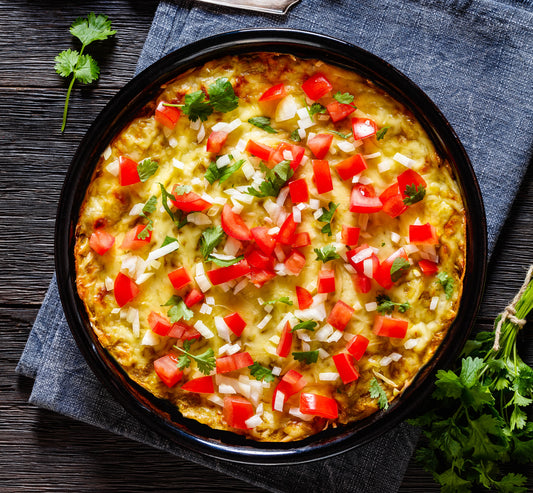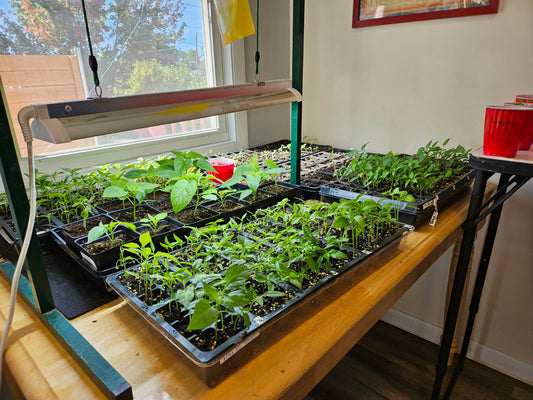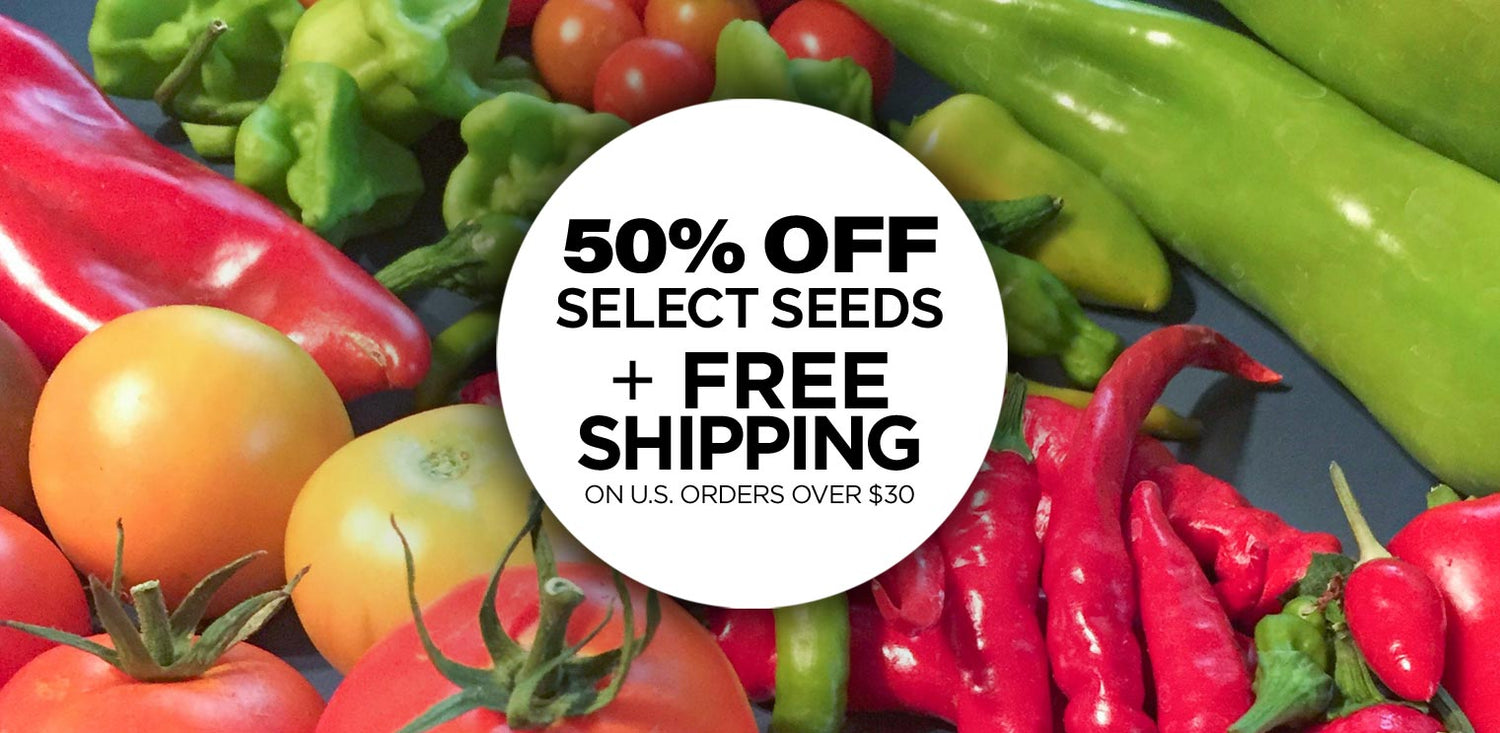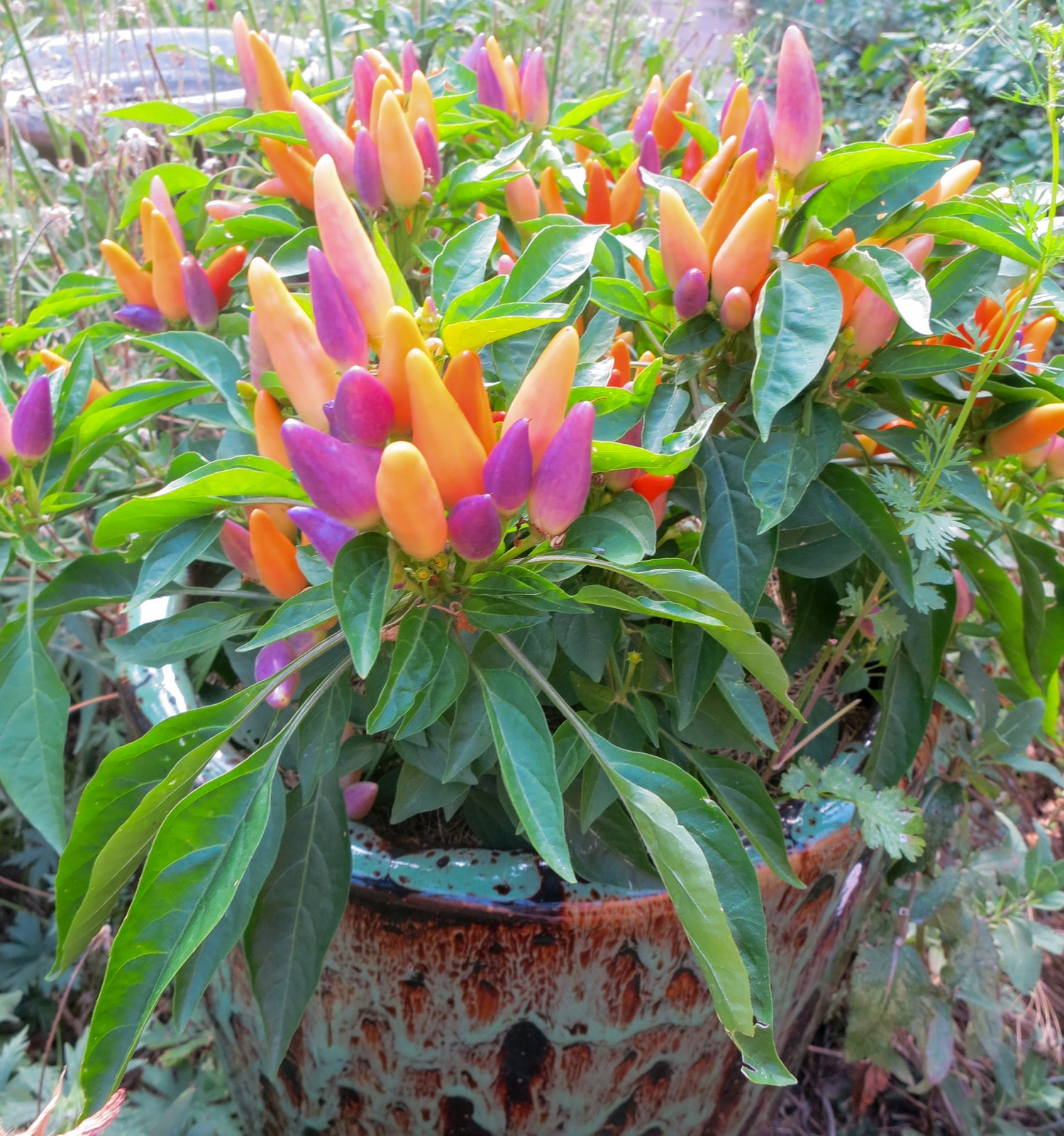
1. Harvest your Peppers (and other veggies)!
Simply harvesting your peppers and other summer vegetables like tomatoes, squash, zucchini, and eggplant can help them continue to produce more fruits over time. Harvesting will encourage the plant to produce more blooms.
Does picking peppers make more grow?
Yes, the more peppers you pick, the more peppers will continue growing on your plant! Keep harvesting peppers as soon as they are ripe and firm so you can grow more! Read more »
2. How to know when peppers are ready to pick:
Pick peppers when they are the size and color you want.The harvest time depends on the chile pepper, so look at your seed packet to find out the number of days to harvest for a general idea of when to expect to pick your peppers. However, it all depends on the growing conditions, so the best way is to watch the pods to see when they reach their typical size and appear to stop growing larger. Note: Many peppers are often picked while still green (think Jalapenos and green chile). However, you can also let peppers ripen to their final color on the vine, most peppers will eventually turn red (or yellow, orange, purple or chocolate) if allowed to fully mature. For example green chiles will eventually turn red if left on the plant to fully mature, but they taste great when harvested when still green at their full size. When fully mature, they will develop even more flavor – fresh red chile is a perishable delicacy so it's hard to find, but you can enjoy them right of your garden if you grow them!
3. Watering
Make sure that your vegetable garden plants have adequate water – water consistently so they don't dry out, but avoid overwatering and soggy soil. Uneven watering can cause problems such as end rot, wilting leaves, and stunted growth. Not to mention overwatering hot peppers can water down their spiciness!
4. Don't over fertilize peppers with too much nitrogen late in the season:
Too much nitrogen can encourage the plant to grow abundant foliage but not produce fruit or flowers. We like to top dress our pepper and vegetable plants with 1" of compost in mid-to-late summer (keeping it way from the stems) to help feed them naturally. Fish and Kelp fertilizers also work great (although stinky!), as well as grass clippings as mulch which will slowly feed them and retain moisture in the soil.
5. Plant Cool Season crops for fall:
Now is a great time to plant lettuce, spinach, carrots, peas, beets, radishes, green onions, and broccoli. Find gaps in your garden and tuck in green onions, radishes or lettuce to extend your harvest long into the fall months.
Happy harvest season!






